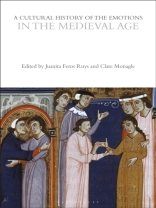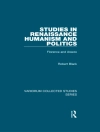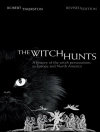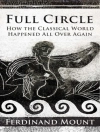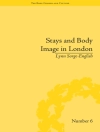Our period opens at the end of the Roman Empire when intellectual currents are indebted to the Greek philosophical inheritance of Plato and Aristotle, as well as to a Romanized Stoicism. Into this mix entered the new, and from 313CE imperially sanctioned, religion of Christianity. In art, literature, music, and drama, we find an increasing emphasis on the arousal of individual emotions and their acceptance as a means towards devotion. In religion, we see a move from the ascetic regulation of emotions to the affective piety of the later medieval period that valued the believer”s identification with the Passion of Christ and the sorrow of Mary. In science and medicine, the nature and causes of emotions, their role in constituting the human person, and their impact on the same became a subject of academic inquiry. Emotions also played an increasingly important public role, evidenced in populace-wide events such as conversion and the strategies of rulership. Between 350 and 1300, emotions were transformed from something to be transcended into a location for meditation upon what it means to be human.
Dr Clare (Macquarie University, Australia) Monagle & Juanita (University of Sydney, Australia) Ruys
A Cultural History of the Emotions in the Medieval Age [EPUB ebook]
A Cultural History of the Emotions in the Medieval Age [EPUB ebook]
ซื้อ eBook เล่มนี้และรับฟรีอีก 1 เล่ม!
รูป EPUB ● หน้า 200 ● ISBN 9781350091771 ● บรรณาธิการ Dr Clare (Macquarie University, Australia) Monagle & Juanita (University of Sydney, Australia) Ruys ● สำนักพิมพ์ Bloomsbury Publishing ● การตีพิมพ์ 2020 ● ที่สามารถดาวน์โหลดได้ 3 ครั้ง ● เงินตรา EUR ● ID 8241915 ● ป้องกันการคัดลอก Adobe DRM
ต้องใช้เครื่องอ่านหนังสืออิเล็กทรอนิกส์ที่มีความสามารถ DRM
